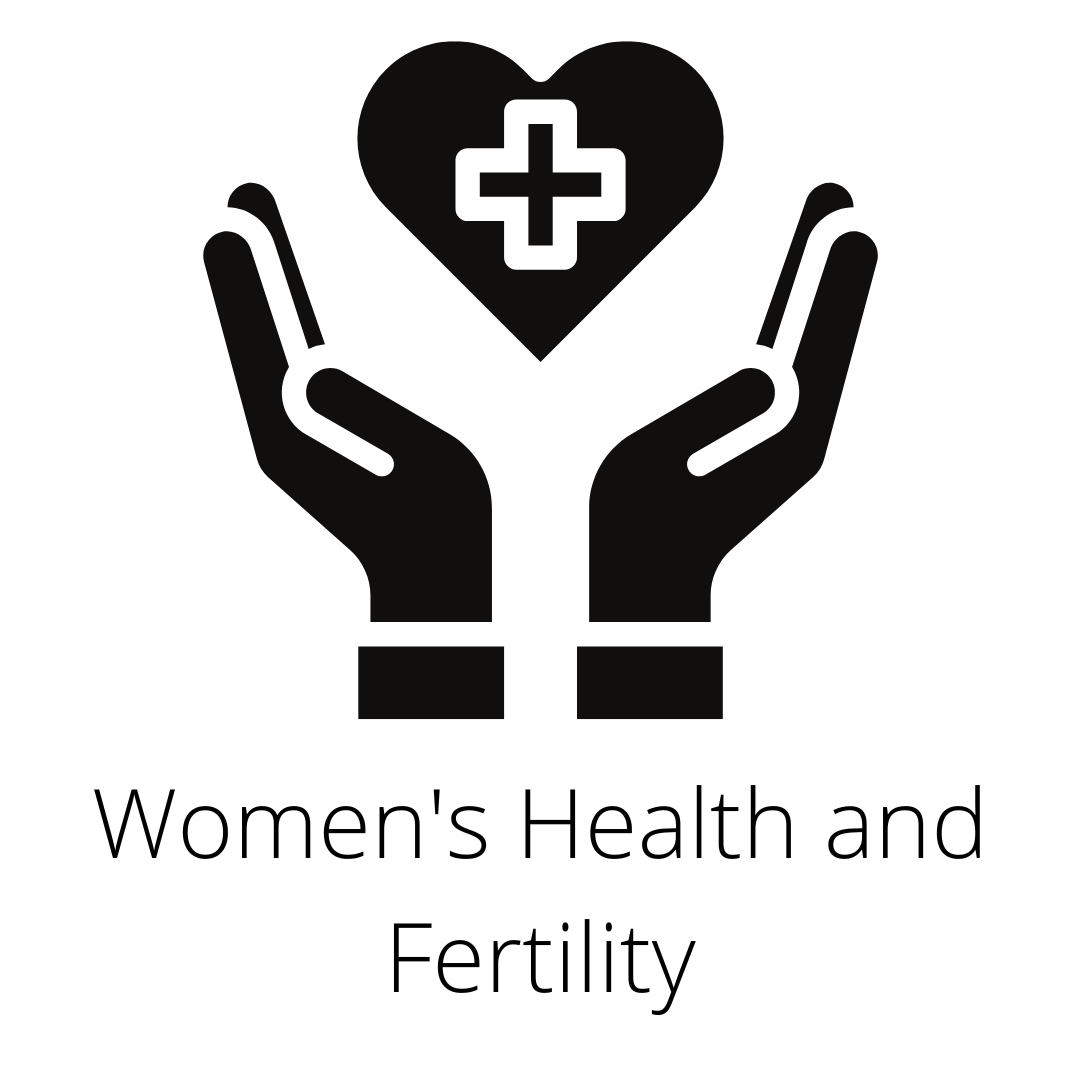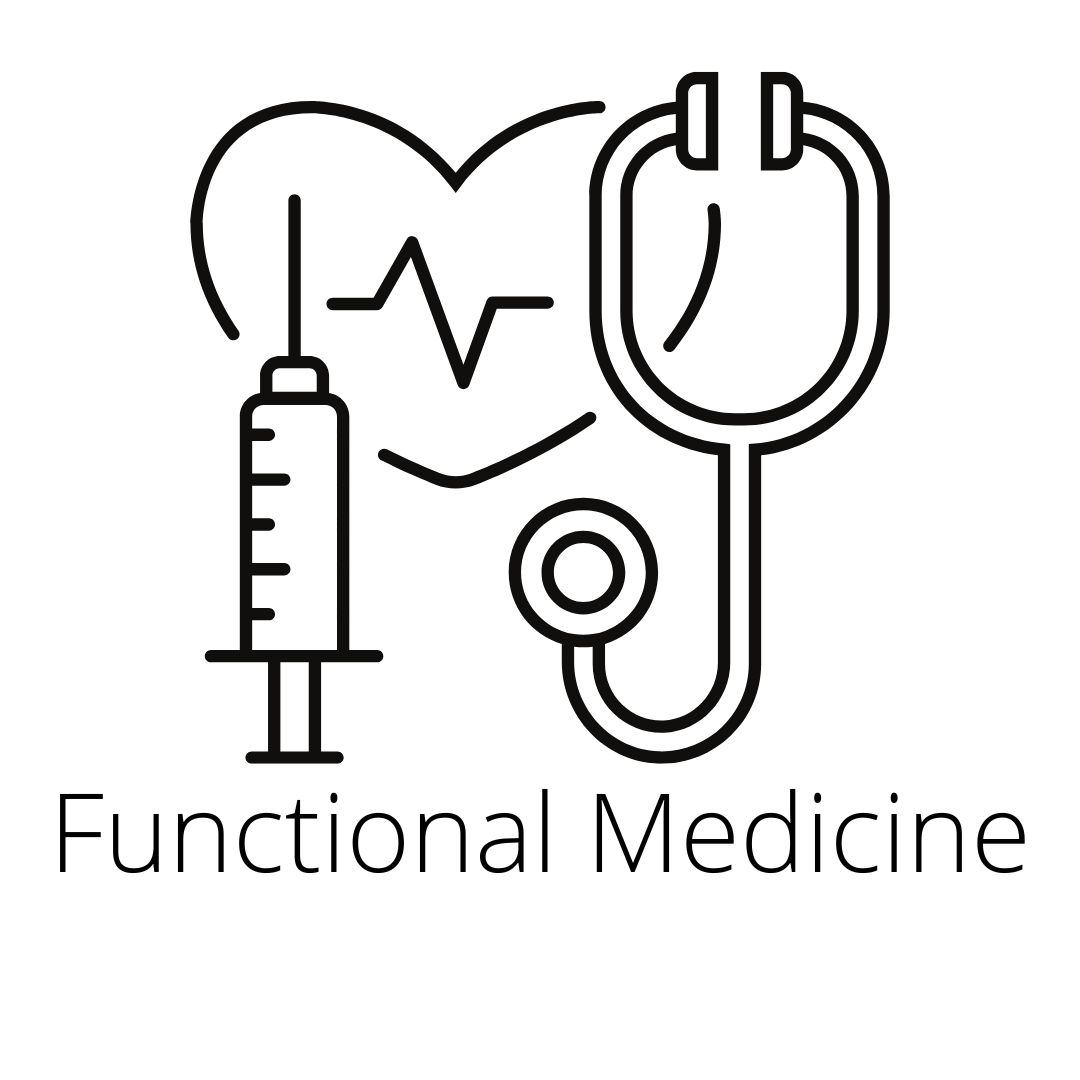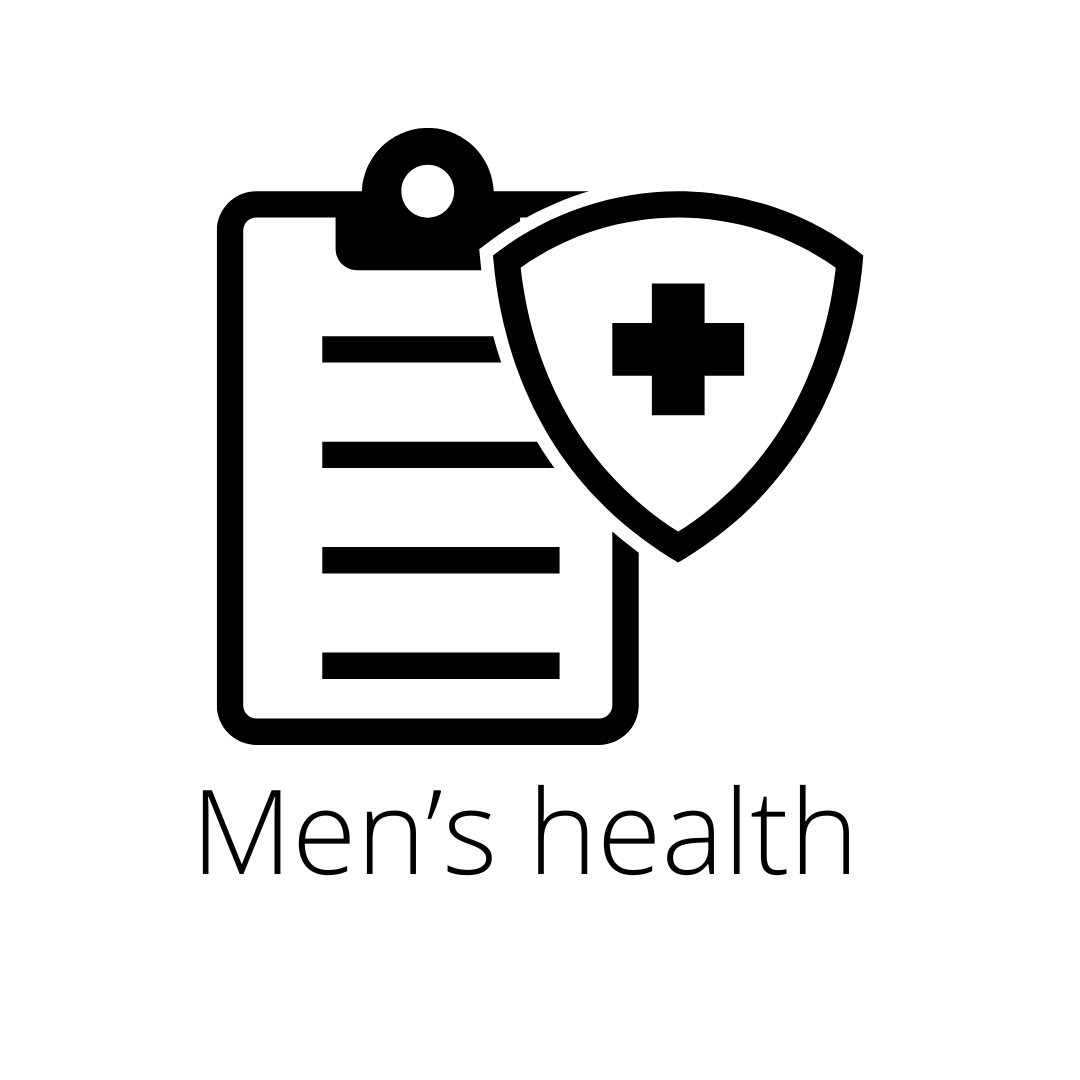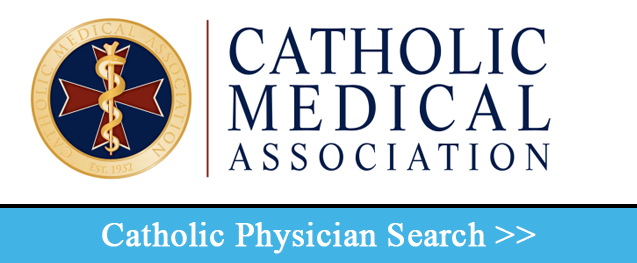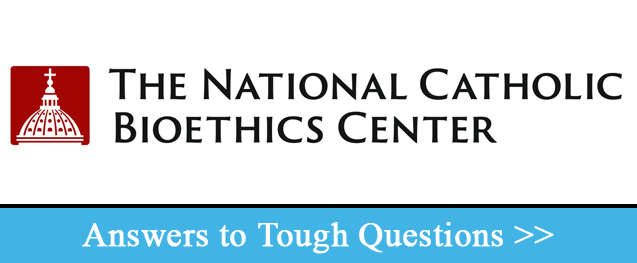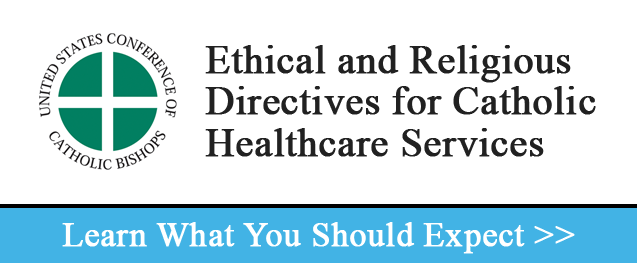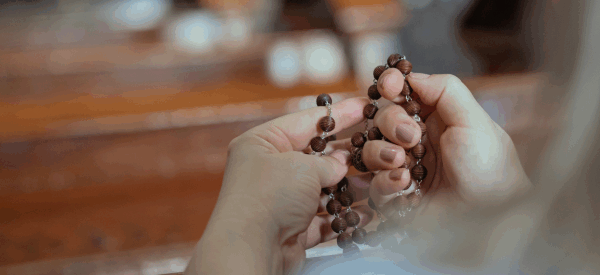
The Physician’s Burden: A Catholic Defense Against the Idolatry of Oils and Crystals
1. Introduction: Healing in an Age of Confusion
It is a strange irony of our age that while men boast of progress, they wander like Israelites in a desert of superstition. We live surrounded by the miracles of modern medicine—antibiotics that
defeat plagues, surgery that mends broken bones, machines that peer into the body’s very sinews—and yet many souls, weary of science divorced from faith, turn instead to the
witch-doctor’s hut rebottled in glass vials and marketed with pastel logos. Thus are essential oils sold as sacraments, crystals as catechisms, and multi-level marketing schemes as evangelization.
We stand, therefore, at a threshold both medical and moral. As a Catholic physician—formed by Hippocrates, baptized in Christ, and discipled by the wisdom of the Church—I must speak plainly.
For though lavender and frankincense have their place, and the beauty of quartz may delight the eyes, when they are raised to altars not their own they become idols. And idols never heal; they
enslave.
2. Faith and Reason: The Two Wings of Healing
St. John Paul II reminded the world in Fides et Ratio that faith and reason are like two wings by which the human spirit soars toward truth. Medicine, likewise, limps when it tries to fly with only one. The reductionist scientist who denies all mysteries is a cripple; so too the credulous consumer who attributes divine powers to drops of oil or chips of stone.
The Catholic physician must walk the middle way. We are heirs to a tradition in which saints healed with herbs, but always with the Sign of the Cross. We are heirs to Christ who spat upon the ground, made clay, and anointed the blind man—not because the clay had magic, but because divine grace worked through matter. The danger today is not that oils or crystals exist, but that companies like
doTERRA and Young Living sell them wrapped in promises that rival the sacraments. They peddle not medicine but metaphysics, and not metaphysics baptized but metaphysics pagan.
3. The Case Against Essential Oils as Sacraments
Let me speak first to essential oils. As a physician I acknowledge that aromatic compounds may soothe anxiety, ease digestion, or even contain antimicrobial effects. St. Hildegard herself wrote of tinctures and herbs, applying them prudently within the horizon of faith. But Hildegard always placed the healing power in God, never in the object itself.
Contrast this with the glossy brochures of Young Living, where oils are ascribed near-salvific qualities. One is told that frankincense will bring “spiritual awakening,” or that a blend of sandalwood and myrrh will “unlock hidden energy.” Here the marketing crosses the line into occultism. It is superstition—super-stitio—the placing of belief “above” reason. To claim lavender oil can heal cancer is not science; it is sorcery with a smile.
Moreover, the business model itself raises moral alarms. These companies thrive through multi-level marketing, a structure where profits flow upward like incense in a pagan temple while losses fall upon the faithful below. Studies show fewer than 1% of participants earn real income; most lose money. This is not stewardship but exploitation, the use of friendship and trust as currency. St. Augustine would call it what it is: the libido dominandi, the lust to dominate masked as health.
4. Crystals and the Shadow of Idolatry
More troubling still is the craze for crystals. Here superstition abandons even the fig-leaf of science. In shops from Colorado Springs to Los Angeles, one may buy rose quartz to “improve love life,” or amethyst to “align chakras.” These claims are not chemistry; they are conjuring.
St. Hildegard did write of gems and their possible uses. But context matters. In the twelfth century, with limited scientific understanding, she described effects she could not yet explain. She attributed them always to God’s hidden design, never to autonomous powers of the stones. What she called occult meant simply “hidden,” not demonic. But today the word “occult” carries a darker connotation, tied to magic, astrology, and summoning spirits.
Therefore, to wear a stone for beauty is innocent; to expect it to heal one’s liver is folly; to invoke it as a channel of energy is perilous. Demons, as the Fathers taught, can counterfeit healings. They will tolerate temporary goods if it secures eternal loss. Better to crush the stone beneath the heel of the Cross than to let it sit upon an altar of superstition.
5. Lessons from St. Hildegard: The Golden Rules
What, then, shall we learn from St. Hildegard? She was no naïve herbalist, but a Doctor of the Church precisely because she united natural wisdom with supernatural faith. Her six golden rules were simple and sane: draw strength from nature’s life, eat a balanced diet, rest well, balance work and leisure, purify through fasting, and cultivate optimism through virtue. None of this requires a pyramid scheme. None of this requires invoking hidden energies. It requires prudence, gratitude, and moderation.
Above all, Hildegard teaches attribution. Every healing, whether by herb, stone, or surgery, returns to God. He is the author of creation and the physician of souls. Oils may soothe, medicines may cure, but grace alone saves. When we forget this, we slip into the error of Babel—seeking to grasp divinity through our own devices.
6. The Moral Dimension: Why This Matters
It may be asked: why bother? If oils relax and crystals comfort, why not let people have their harmless rituals? But superstition is never harmless. It offends against the First Commandment by attributing to creatures what belongs to the Creator. It endangers souls by opening doors to demonic deception. And it erodes trust in legitimate medicine, leading some to reject vaccines, chemotherapy, or life-saving interventions in favor of scented water.
There is also the moral danger of exploitation. Multi-level marketing schemes prey especially on women at home, promising empowerment but delivering debt. To use friendship as a sales tactic is to instrumentalize persons, a grave violation of Catholic moral teaching. St. John Paul II warned that the human person must always be treated as an end, never as a means. When one’s pew-mate becomes merely a potential “downline,” community dissolves into commerce.
7. Faithful Use of Nature in Medicine
Do not misunderstand me. The Catholic tradition affirms the goodness of nature. God placed in creation remedies for many ailments: willow bark gave us aspirin, molds gave us penicillin, plants still yield countless drugs. The Church has never despised natural medicine when rightly used. But the distinction must be clear:
– Use herbs as God’s gifts—but do not idolize them. – Employ oils for comfort—but do not crown them as sacraments. – Delight in gems for beauty—but do not bow to them as gods.
The physician’s art is to discern what truly heals and what merely enchants. To accept medicine illumined by faith is Catholic. To accept magic disguised as medicine is idolatry.
8. Chestertonian Warnings: The Return of Paganism
Chesterton once quipped that when men stop believing in God, they do not believe in nothing—they believe in anything. How true in the aisles of natural health stores! Where once incense rose to the Trinity, now diffusers puff lavender to “awaken energy.” Where once relics of saints were venerated,
now rocks from mines are adored. It is paganism with a barcode, Druidism with a customer-loyalty card.
But the Catholic response is not cynicism; it is sanity. We affirm creation without worshiping it, reason without absolutizing it, faith without divorcing it from the body. True healing flows from the Cross, where water and blood poured forth for the life of the world.
9. Toward a Catholic Medicine for the 21st Century
What, then, for the physician in America today? We must recover Hildegard’s integration of body and soul. We must resist both scientism (which denies the soul) and superstition (which enslaves the soul). We must teach patients that the sacraments are the Church’s true medicine: confession heals guilt, Eucharist heals division, anointing heals despair. We must also practice stewardship: prescribing natural remedies where effective, modern pharmaceuticals where necessary, and prayer always.
The task is urgent. For in the confusion of oils and crystals, many seek transcendence in matter divorced from grace. Our task is to re-baptize matter, to show that God indeed works through water, wine, bread, and oil—but sacramentally, not superstitiously.
10. Conclusion: The Physician’s Creed
Let me conclude with a creed not of superstition but of sanity:
– I believe God created herbs and oils, not as idols but as instruments. – I believe crystals are stones, not spirits. – I believe health is preserved by prudence, not pyramids. – I believe every healing is finally from God, the Divine Physician.
Therefore, let us learn from St. Hildegard, who saw the cosmos as a hymn to the Creator. Let us heed the Doctors of the Church, who warned against superstition. Let us laugh with Chesterton, who mocked the absurdity of modern pagans. And let us, as Catholic physicians, heal with science illumined by faith, guarding always the souls as well as the bodies of our patients.
For in the end, oils evaporate, crystals crumble, but Christ endures. And it is Christ, not commerce, who makes men whole.


